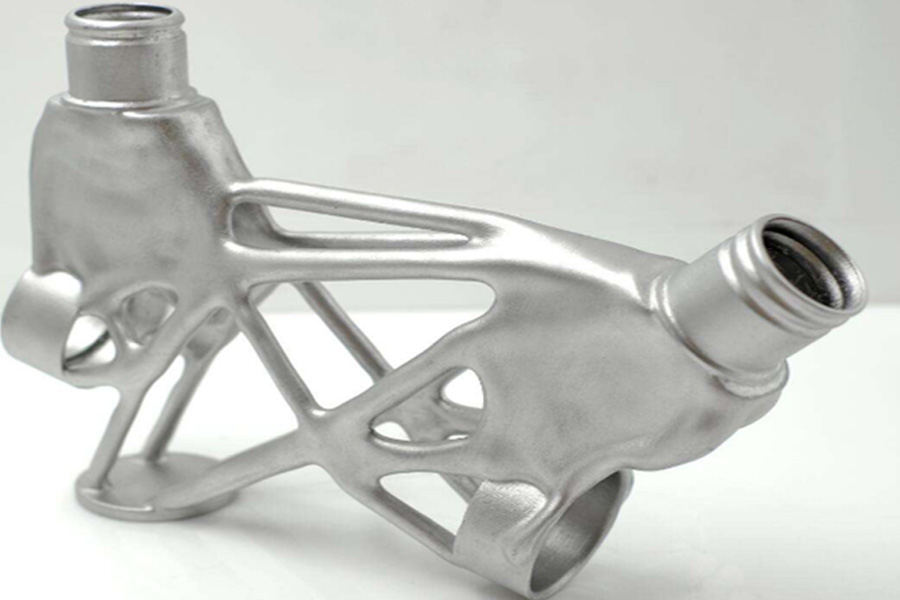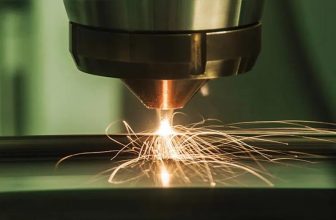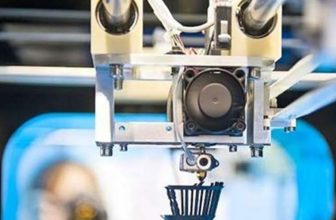
Nylon and polyamide are the earliest fully synthetic materials for human beings and one of the most widely used plastics, covering almost all aspects of life. From wear to use, it is a material with a very comprehensive comprehensive performance. Nylon itself is a semi-crystalline, thermoplastic material, with a low melting point and good fluidity, making nylon an ideal 3D printing material. Nylon is mainly divided into 8 types, PA6, PA66, PA46, PA69, PA610, PA612, PA11 and PA12. At present, the 3D printable nylon on the market is mainly PA12, and there are also PA11 and PA6 optional, so between PA12, PA11, PA6 What are the differences and connections?
The most common nylon materials in industry and life are PA6 and PA66, both of which are short-chain (6-carbon chain) synthetic materials. The material strength, temperature resistance, aesthetics, and corrosion resistance are all excellent. The crystallinity of PA6 is not as good as PA66, the melting point is slightly lower, the toughness is slightly stronger, and the processability is slightly better. The difference between the two is not very big. Unfortunately, because the material absorbs more moisture (1.5%-2.8%), the 3D printability of these two nylon materials is not very good.
Nylon PA12 is the most common 3D printing material. The HP nylon, high-performance nylon and imported nylon we provide are all Nylon 12 by default. We also provide 3D printing of PA11. PA12 was developed to replace most of the functions of PA11. So most of the properties are the same, all belong to the long-chain nylon (12 or 11 carbon chain), with good mechanical properties, electrical insulation, etc., widely used in pipes, shells, complex assembly, connectors and other components, PA11 is more expensive, PA11 It is made from castor oil and PA12 is made from petroleum. From the perspective of environmental friendliness, PA11 is undoubtedly more green and sustainable and uses renewable biological resources. However, the raw material price of PA11 is more than three times that of PA12. In addition to being more expensive, The advantage of PA11 is that it has better high and low temperature performance. Its melting point is 10 degrees higher than that of PA12, reaching 200 degrees. The working temperature is slightly higher than that of nylon 12+ glass fiber. At low temperatures, the flexibility of PA11 is significantly stronger than that of PA12.
An important difference between PA12 and PA11 and PA6(6) is the hygroscopicity. The hygroscopicity of PA11 and PA12 is only 0.25%, which is 10 times less than PA6/PA66, making them an easier 3D printing material. Both SLS and FDM processes Sensitive to hygroscopicity and shrinkage. The performance of PA12 and PA11 is between PA6 and PE, and the toughness is better than PA6 (6). In some applications, such as wire, PA6 (6) may be too hard, but PA12 and PA11 are competent. However, PA12 and PA11 have lower melting temperature, lower strength, lower dielectric properties, and more expensive prices. This is the main reason why PA12 is not widely used in actual industrial production.





